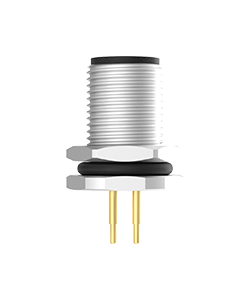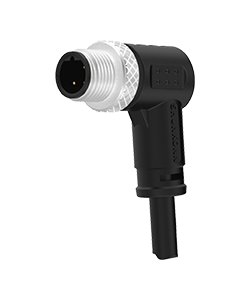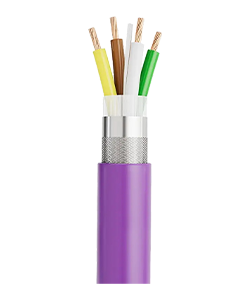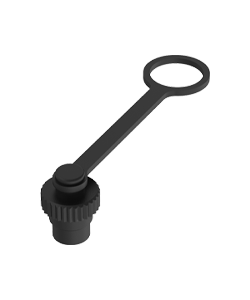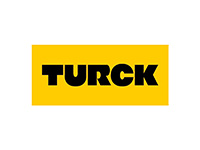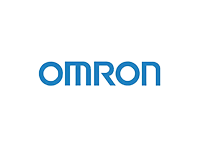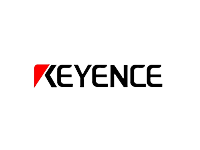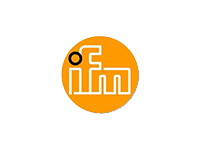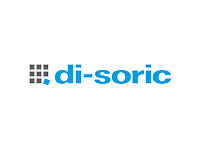Application Of Wire Harnesses In The Internet Of Things (Iot)
With the rapid development of Internet of Things (IoT) technology, the need for connectivity between smart devices is growing. As the core component of the physical connection between these devices, the role of wire harnesses is becoming increasingly critical. Connoder understands and meets the technical requirements of the Internet of Things for wiring harnesses, which is not only the key to enhancing product competitiveness, but also the driving force behind the development of the industry.

The basic demand for wiring harnesses in the Internet of Things
Wiring harnesses in iot environments need to meet several core requirements: high reliability, high-speed data transmission capabilities, and enhanced security. These requirements directly determine the design and manufacturing standards of wire harnesses.
High reliability
Iot devices are usually deployed in a variety of complex environments, which requires the harness to maintain a stable working state for a long time and resist external interference. For example, in the field of industrial automation, the communication between the machine and the sensor must be uninterrupted, so the selected wire harness material should have excellent electromagnetic interference resistance and durability.
High speed data transmission
As the amount of data generated by iot devices continues to increase, harnesses need to support higher data transfer rates. For example, in an intelligent transportation system, video surveillance equipment needs to transmit high-definition video streams via a wire harness. To do this, harness manufacturers need to adopt technologies that support higher frequency signal transmission, such as shielding twisted pair or optical fiber, to reduce crosstalk and increase data throughput.
Security
Data security is one of the important considerations for iot applications. Compared to wireless transmission, wired connections provide a more secure means of data transmission, reducing the risk of data breaches. Harness manufacturers can enhance the security of the harness with encryption algorithms or physical isolation measures, ensuring that data is protected throughout the transmission process.
Specific application scenarios of wire harnesses in the Internet of Things
According to different iot application areas, the function and design of wiring harnesses are also different. The following are some typical application scenarios:
Smart home
In the smart home ecosystem, devices such as thermostats, lighting systems and security cameras are connected through the Internet of Things. Wiring harnesses in such applications are primarily responsible for providing reliable power supply and data transmission, ensuring the continued normal operation of critical equipment such as smart hubs and monitoring systems. Harness manufacturers may choose a product form that is durable and easy to install, while maintaining aesthetics and concealment.
Industrial automation
The Industrial Internet of Things (IIoT) has enabled significant improvements in the efficiency of factory operations by connecting machines, sensors and control systems. In this environment, the harness must not only withstand harsh operating conditions such as high temperature, humidity and mechanical stress, but also support real-time data exchange. To this end, manufacturers have developed special cables specifically adapted to industrial environments, such as flexible flat cables or multi-core shielded cables, to meet the needs of industrial automation.
Medical care
In the medical Internet of Things, patient monitoring devices and diagnostic instruments rely on wire harnesses for data transmission. Since medical equipment is directly related to the safety of patients' lives, wiring harnesses must be biocompatible and sterile. Therefore, medical special wiring harness is usually made of medical grade silicone or other special materials, which not only ensures the safety of use, but also facilitates disinfection and maintenance.
Smart City
Smart city plans use iot technology to manage traffic flow, energy distribution and utility services. In this vast network system, the wiring harness acts as an important bridge connecting various nodes such as sensors, cameras and control centers. Considering the extreme weather conditions that outdoor deployments may face, the wiring harnesses required for smart city construction are generally rigorously tested for water and dust resistance, and equipped with additional armor layers to resist outside damage.
Connoder's technical challenges and countermeasures
In order to meet the diverse demand for wiring harnesses in the Internet of Things, wiring harnesses manufacturers are faced with a series of technical challenges and have adopted corresponding solutions:
Design of complex wiring structure
As a single iot node integrates more functions, its internal wiring layout becomes increasingly complex. By using computer-aided design (CAD) software, harness manufacturers can simulate actual assembly in advance, optimize space utilization and avoid cross interference, thereby improving design efficiency.
Support for diverse interface standards
Different brands or types of iot devices often use their own independent communication protocols, which puts higher requirements on the standardization of wire harness interfaces. To solve this problem, manufacturers have introduced modular design concepts that combine basic components into a flexible, integrated solution that quickly responds to various customization needs.
Cost-benefit balance
Although high-end customized wiring harnesses can bring a better user experience, if the price is too high, it will limit market acceptance. By improving the production process and purchasing raw materials in bulk, the wiring harness manufacturer can reduce the production cost and achieve the balance of cost benefit under the premise of ensuring product quality.
As an important part of the iot infrastructure, wire harnesses are playing an increasingly important role. From Connoder's point of view, only by deepening the understanding of customer needs and keeping up with technological trends can we occupy a favorable position in the Internet of Things era.

